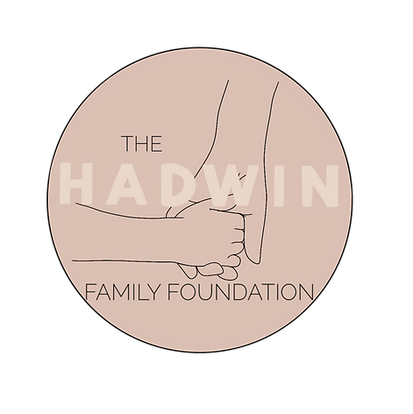GIFT & ZIFT: Viable IVF Alternative Treatments
Published: 12/11/2015
Our team at Arizona Center for Fertility Studies has probably more experience with GIFT and ZIFT than any other clinic in the world and is one of the few clinics in the United States that offers GIFT and ZIFT as an alternative to having IVF.
GIFT, or gamete intrafallopian tube transfer, is a procedure in which the eggs are recovered by either transvaginal aspiration or laparoscopy, immediately mixed with sperm, and placed into the fallopian tube, all within a matter of minutes. GIFT allows fertilization to occur in the body, which makes it acceptable to the American Catholic Church and some other individuals and organizations who may not approve of procreation taking place outside the body.
ZIFT, or zygote intrafallopian tube transfer, is a procedure in which eggs are recovered and fertilized at the same as with In-Vitro Fertilization (IVF); but rather than keeping them in the incubator, they are immediately transferred into the fallopian tube via laparoscopy. Embryo development, therefore, occurs in its natural environment rather than in the IVF laboratory.

GIFT (gamete intrafallopian tube transfer): mixing sperm and eggs immediately after egg recovery and injecting them directly into the fallopian tube, allowing fertilization to occur in the fallopian tube.

ZIFT (zygote intrafallopian tube transfer): fertilizing the eggs outside the body, and as soon as fertilization is visibly documented, transferring the less than 24-hour old embryos into the fallopian tube.
The thinking with GIFT and ZIFT is that some embryos may do better in the "natural environment" of the fallopian tube rather than the "artificial environment" of the incubator. It could also allow further and more advanced development in the natural environment of the fallopian tube before entry into the uterine cavity, greater synchronization with the uterus. The presence of numerous growth factors in the human tubal fluid may contribute to the development of some early embryos and thus enhance implantation. GIFT and ZIFT are also options for patients with an abnormally developed cervix (cervical atresia).

Dawn and David
2003
"We wanted to thank you for all that you have done for us. You have assisted in adding not only one but two new additions to our family. You all helped make things as easy as possible, and let us know ways to minimize our expenses when and where we were able to do so. These things made us realize you cared about us as people and not just another statistic. We are so happy to have our children in our home. Thank you so very much; you were so friendly and kind, I will and have recommended you to others. Sincerely."











